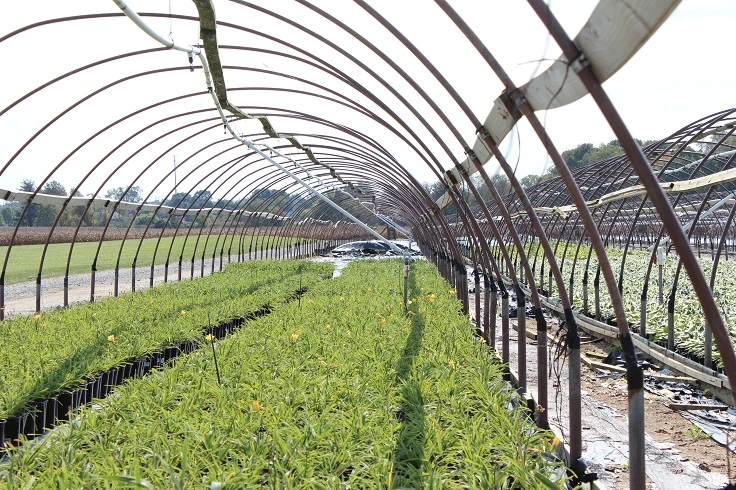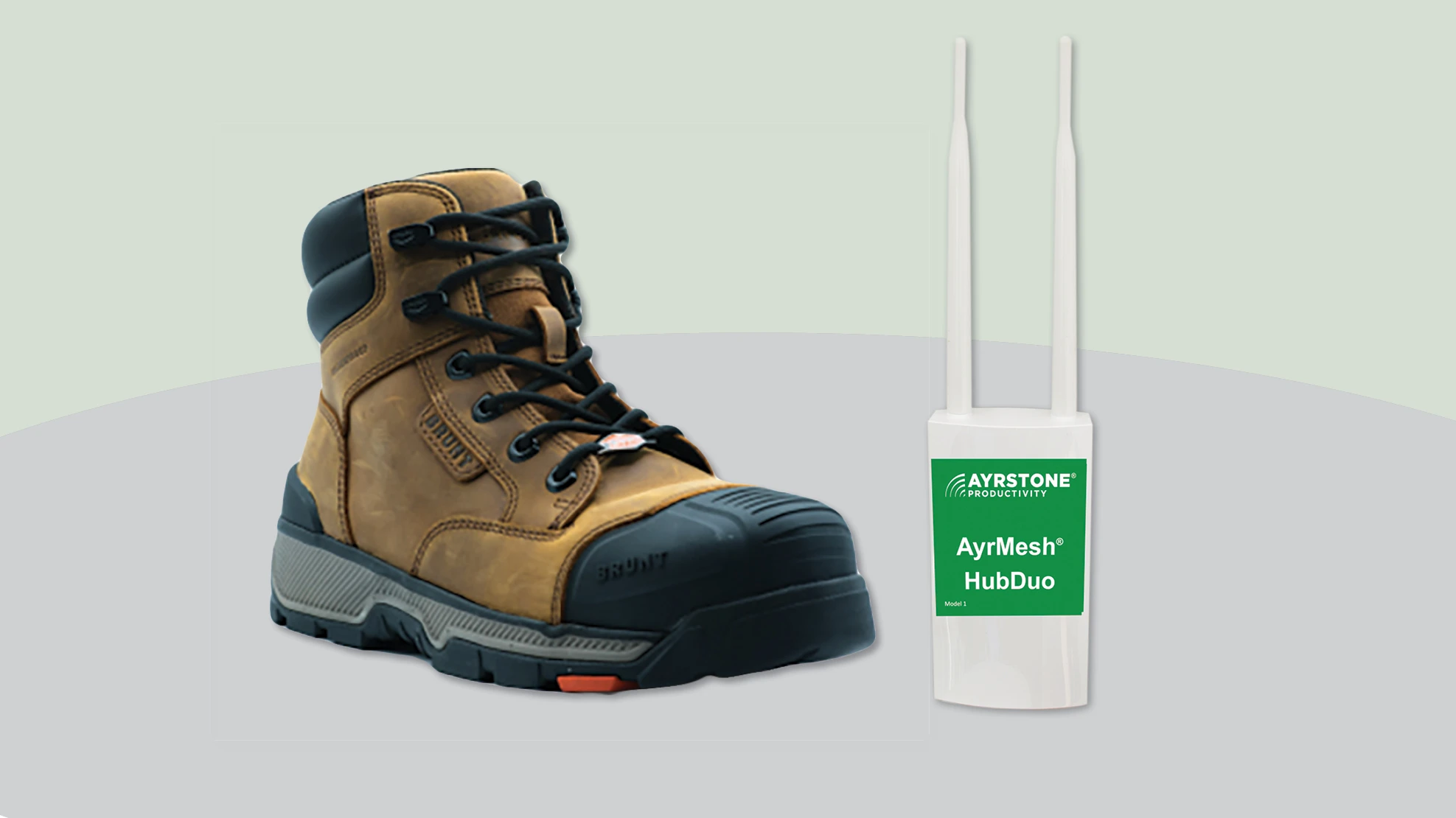
Matt McClellan
Winter may be months away, but there is still much to do. Here are several steps to take before the snow flies to ensure your business stays strong through the colder months.
Decide what to toss.
Fall is the time to throw away inferior plants that you don’t have much chance of selling. Sure, you may be optimistic, but why commit overwintering resources to a plant that is already behind the curve?
Margery Daughtrey, senior extension associate with the Long Island Horticultural Research & Extension Center, says late fall is a good time to make those hard decisions.
“If it’s really undersized and therefore you might assume its root health is poor, it’s better to discard it,” she says. “It won’t grow better next year, it will continue to be a bad plant.
Choose what to move.
The late fall is also the time to decide which plants need a larger living space. If you’re going to move plants to a larger container so they will be salable next season, it’s better to do it before winter hits in earnest. That way, they will have some time to adapt to their new surroundings.
“Waiting too long means your roots don’t establish, because soil temperature has to be warm enough to get root growth,” Daughtrey says. “And if you don’t get root growth, it’s really prone to a winter kill. You have a lot of media and it will sit wet through the winter. Without having roots that have knitted out into that soil, the survival rate is down.”
Control fall weeds.
Winter annual weeds such as henbit, chickweed, annual bluegrass, and vetch will germinate as soon as the soil begins to cool. To prevent the establishment of these fall-germinating weeds, preemergence herbicides need to be applied soon. Dr. Joseph C. Neal, N.C. State Department of Horticultural Science compiled information to help select the most effective preemergence herbicide options for nurseries. It can be found at his website.
Prepare for four-legged pests.
Paul Van Oteghem, vice president of production for Home Nursery, has a robust overwintering program at the wholesale grower’s Illinois facility.
Farm fields surround Home Nursery’s growing operation, and by late October, most of the row crops have been harvested and the creatures that spend their summers in the fields are now beginning to look for new homes and food sources for the winter. That’s when the nursery crew starts to bait for rodents such as voles and to make sure that all rabbit barriers are in place on doorways into the poly houses.
“Vigilance when it comes to these pests is necessary throughout the winter as they are capable of causing serious crop damage,” Van Oteghem writes in a post on the nursery’s highly-recommended blog.
Take a little off the top.
For disease prevention in perennials, it’s a good idea to reduce the amount of foliage that is exposed through the winter. Once you determine a crop is closing out for the year, cut it off at the soil line if you can.
“Anything you can do to reduce the amount of foliage that is sitting there that is going to die is a good thing,” Daughtrey says. “Otherwise, you’ve got a conduit for botrytis to move into the crown of the plant during the winter.”
Botrytis is active at cool temperatures, even as low as 32 degrees. So even though the plant is shut down for the winter, the disease is still active. You don’t want an outbreak of botrytis developing under those circumstances.
Manage your moisture.
Just like the growing season, you want to keep your foliage dry. Set up your moisture management
system to provide sufficient moisture -- but not too much -- during the winter months.
Growers should have their maintenance of persistent problems under control before football season starts, and not expect a fungicide application to hold for an entire winter.
“You can’t make up for a season’s worth of negligence with a treatment before you put them to bed for the winter,” Daughtrey says.
Keep an eye on your heat.
Try to reduce the amount and extremity of temperature fluctuations your plants experience. Even without a pathogen involved, plants can die because of too much fluctuation between cold and warm. That’s why it’s important to open the poly house up so you don’t have a buildup of heat.
Growers might just open the ends or cut holes in the sides. Daughtrey says there is a certain artistry to this practice, and it’s very regional. The grower’s experience is often their best guide of when the time is right.
Second-guess that fall vacation.
Many growers take time off in the autumn. After the point in fall when sales slow down but before winter really sets in – well, it’s as good a time as any. And we’re not saying not to take some time off. You’ve certainly earned it. But it’s important to continue your maintenance through fall, before you have the plants bedded down for the winter.
Daughtrey says if you have something like a leaf spot problem or a powdery mildew problem, keep the control up until the time that you are putting them under winter conditions.
Latest from Greenhouse Management
- Check out what we saw at MANTS 2025
- Top 12 articles of 2024
- Connect with us at MANTS
- Garden Center magazine announces dates for 2025 Garden Center Conference & Expo
- On the rebound
- A winning gameplan for spring
- Magic & mystique
- Veseris expands in turf and ornamental with acquisition of Tessman and Lynde companies





